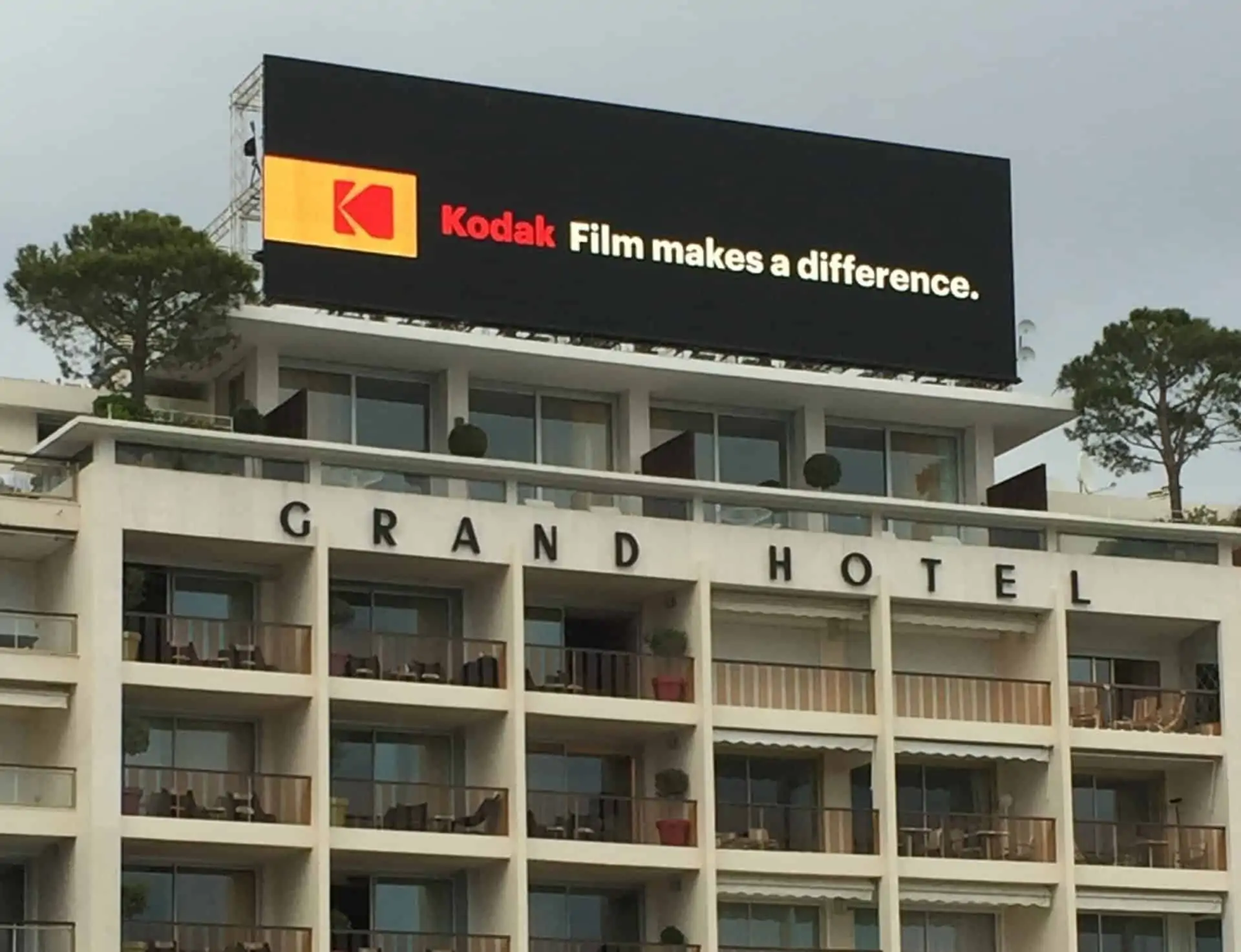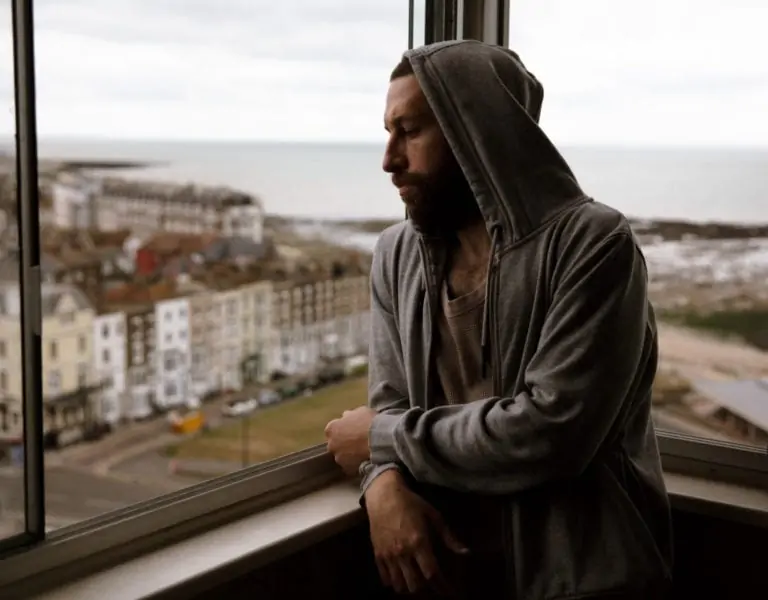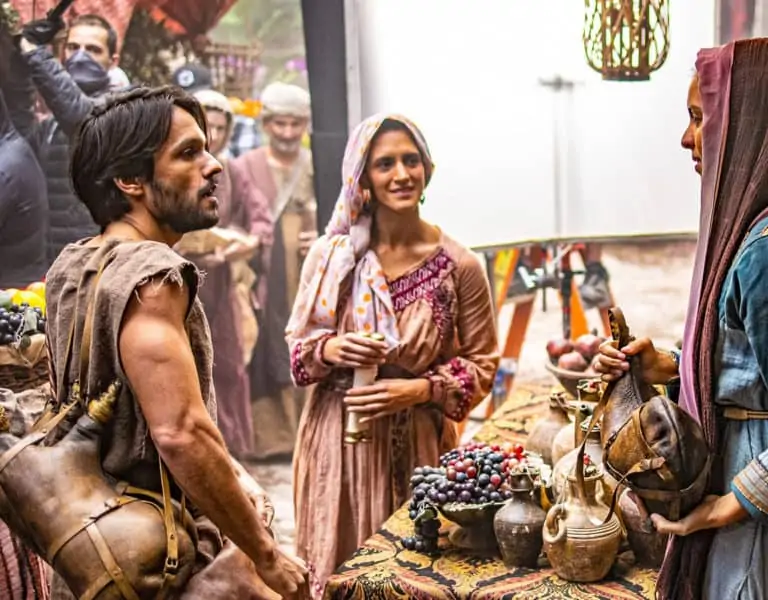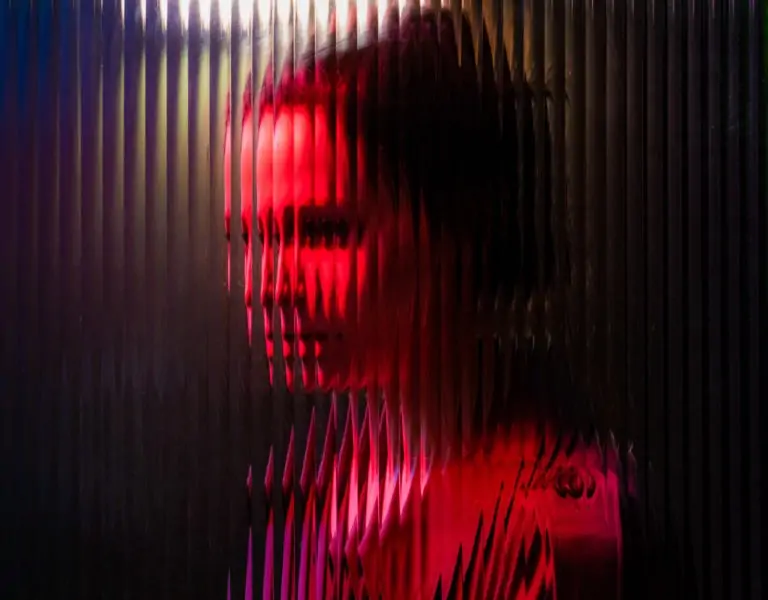Home » Features » Opinion » Letter From America »
Cine Gear Expo 2024 showcased cutting-edge filmmaking tech while igniting cinematic nostalgia.
Before I get started with this story from my distant past, let me tell you about Cine Gear Expo 2024. It was a two-day feast of new equipment from all over the world, staged on the Warner Bros. Studio Backlot, a beautifully tree-lined promenade stretching on for what seemed like miles.
Several indoor venues were used for lighting, with stages displaying plaques near the front elephant doors announcing which movies had been made there, dating all the way back to the 1930s. There were about 16,000 attendees each day. There was even an outdoor demonstration of lighting (“striking”) an old heavy-head arc light. About 100 of us, young and old, stood around to watch the old sizzle and spark and experience the best quality of light we ever had to work with.
That’s a wrap
In 1972, as I was starting my career in Chicago, I was hired by a regular client to shoot a hair product commercial. It was the end of the “Mad Men” era of advertising. We had to shoot on video, so we rented the NBC studio in the Merchandise Mart in downtown Chicago, along with their equipment and crew. The talent was the then-current Miss America, Phyllis George.
I arrived at the studio carrying my kit and walked in to about 20 older guys who turned to stare at me and went silent. They had every light in the studio turned on. My first instinct was to tell them to turn everything off so we could start over. Big mistake! A big guy turned to me and said, “Who the hell are you?!” The director told them that I was the cameraman (what they called us in those days) and that the client requested me.
They turned off the lights, and I asked them to turn on what I thought would become the key light. I also requested something to put in front to soften the light. That didn’t happen. I asked the video engineer if he could at least “pull the contours on the camera”—I knew a few buzzwords. That would have softened the image. Refused!
Suddenly, everybody left the stage, and I was standing alone. It was a union rules coffee break for 15 minutes. I grabbed my roll of Saran wrap and a bag of rubber bands from my kit. To this day, I have no idea why I was carrying those things with me. Maybe because I hadn’t met the Tiffen family yet? I wrapped the lens (the taking part) in five layers of Saran wrap with rubber bands to hold them down.
The crew came back, saw what I had done, and threatened to walk if I didn’t get that ‘stuff’ off their lens. Then the producer looked at the monitor and declared, “Wait. Don’t touch it. Phyllis’ hair looks great now!”
We are telling stories here. A big part of telling a story is the ability to have your audience suspend their disbelief. That’s always been our goal: to bring our audience to the story in a way that they will be emotionally charged enough to enjoy the experience.
Back to the future
Then came digital, and we pushed for higher resolutions: 2K, 4K, 6K, 8K. As things got sharper, it became harder for audiences to suspend disbelief. We were delivering too much information. Engineers even added motion interpolation to TVs, which was great for sports and reality TV but not for narrative.
A few years ago, at the HPA Tech Retreat, my friend Rob Hummel and I asked manufacturers if they could add a button on our remotes to turn off that effect. Some did and called it Filmmaker Mode.
I started collecting glass diffusion filters and fabrics to shoot through, creating various ways to soften the image based on the story we were telling. At one point, I was in New York and stopped at Saks Fifth Ave, looking at the women’s hosiery rack. A sales lady asked me what I was looking for: “panty hose, tummy tuck…” I said no. She promptly said, “Oh, you want it for the lens. Let me show you what the guys in New York are using now.”
I found that some of the older styles of filtration didn’t work well with digital. For instance, a favourite of cinematographers from the ‘70s and ‘80s was the Double Fogs. I wanted that atmospheric quality for a movie I shot last year called Scared to Death. Tiffen Manufacturing developed two new lines of filters, Black Fogs and Night Fogs, which were perfect for our story.
Back in my early career, on one of my first union jobs, I was hired to work with Owen Roizman on a second unit for his movie The Return of a Man Called Horse in North Dakota, shooting a herd of buffalo. The ground was covered with snow. He was using a combination of low contrast filters and Double Fogs on anamorphic lenses. This package made the image glow in a unique way. I naively asked him what his idea was with all the extra diffusion on the lens. He looked at me and said, “Be bold, son.”
Noel Tovey, MD Sky Studios Elstree said ‘We were

















